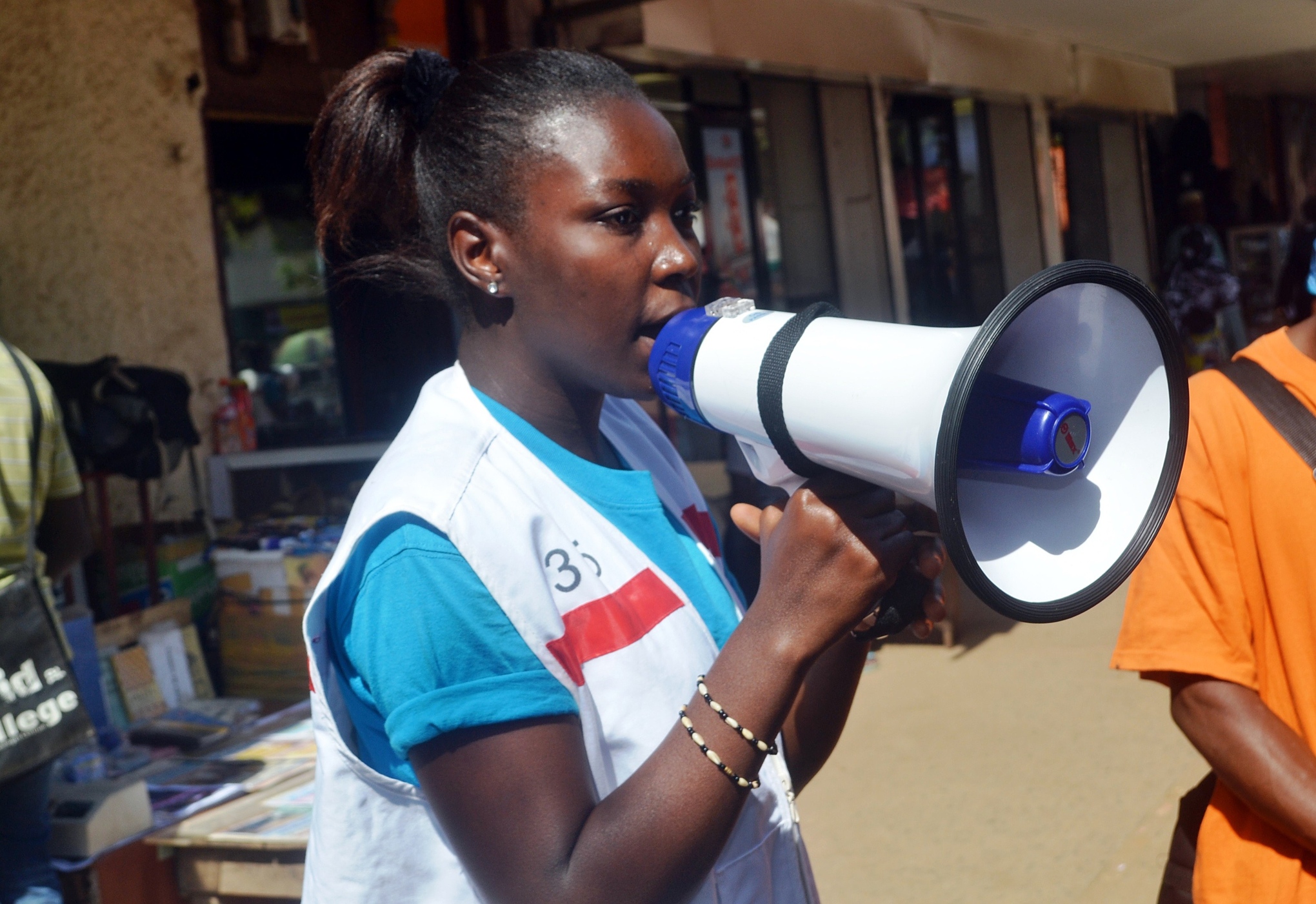Political and social activists often need to protect their identities and to be able to talk without being overheard. The risks they face, and responses they must take, continue to evolve. News about the increasing use of monitoring and spying by security services is fair warning: dissenters are highly likely to be monitored.
The Guardian (UK), which has had many scoops on Edward Snowden and national and international spying, has published an article with "21 tips, tricks and shortcuts to help you stay anonymous online"
http://www.theguardian.com/technology/2015/mar/06/tips-tricks-anonymous-privacy "Avoiding being tracked online is nearly impossible, but here are a few ways to reduce the risk".
For LGBTI activists (Lesbian, Gay, Bisexual, Transgender, Intersex and others), revealing their gender identities can be deemed illegal in many countries. This guide for LGBTI activists in sub-Saharan Africa therefore provides clear warnings about the dangers faced.
"Digital security tools and Tactics for the LGBTI community in Sub-Saharan Africa" provides a free set of tools and guides which it dubs "Security in a Box".
While these methods are designed for a specific community, most can be used by activists for other causes and in other locations.
The areas covered are:
Part I – Context
Introduction
Digital attacks against the African LGBTI community
How to assess your digital security risk
Part II – How-to Booklet
Protect your computer from malware and hackers
Protect your information from physical threats
Create and maintain secure passwords
Protect the sensitive files on your computer
Recover from information loss
Remove hidden metadata from files
Destroy sensitive information
Keep your Internet communication private
Remain anonymous and bypass censorship on the internet
Protect yourself and your data when using social networking sites
Protect yourself and your data when using LGBTI dating sites
Use mobile phones as securely as possible
Use smartphones as securely as possible
Use Internet Cafés as securely as possible
Direct link: https://www.securityinabox.org/communities/02
(via 76crimes.com).
(via 76crimes.com).




